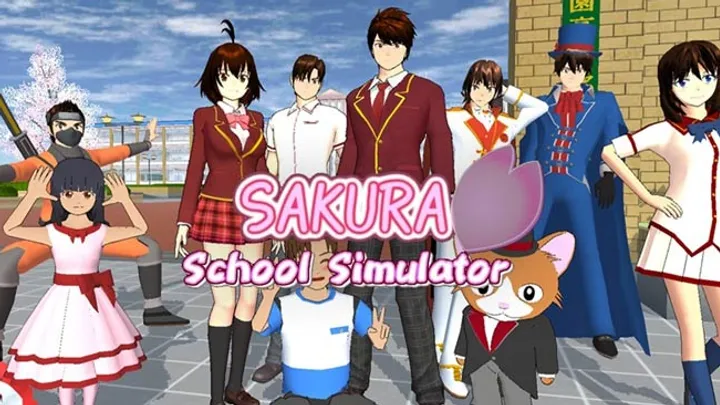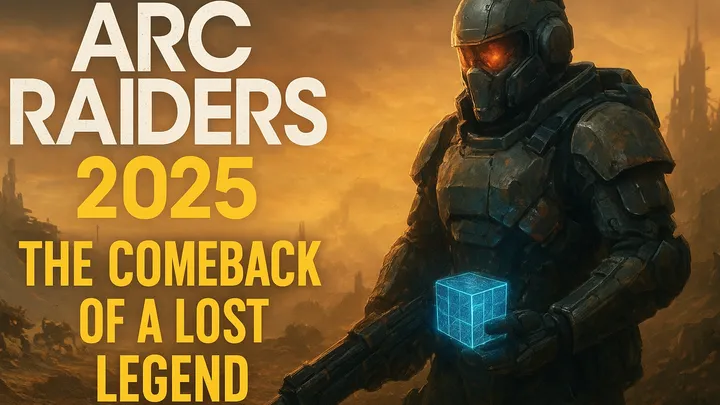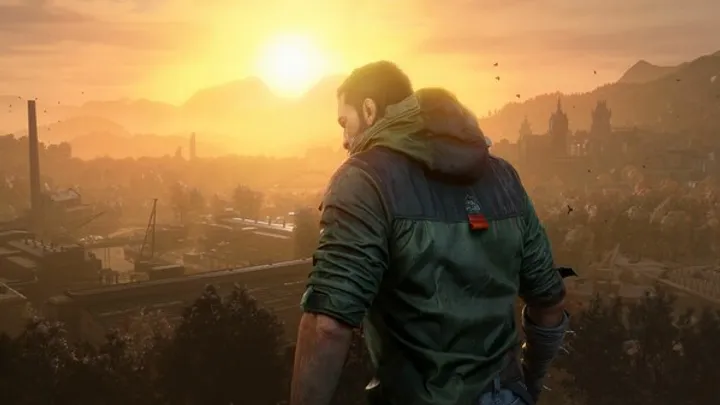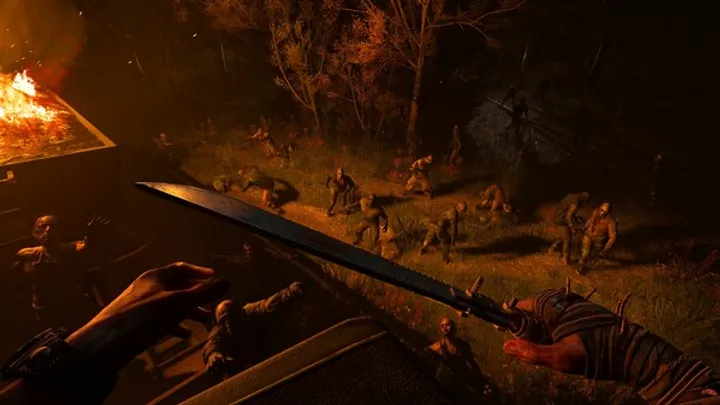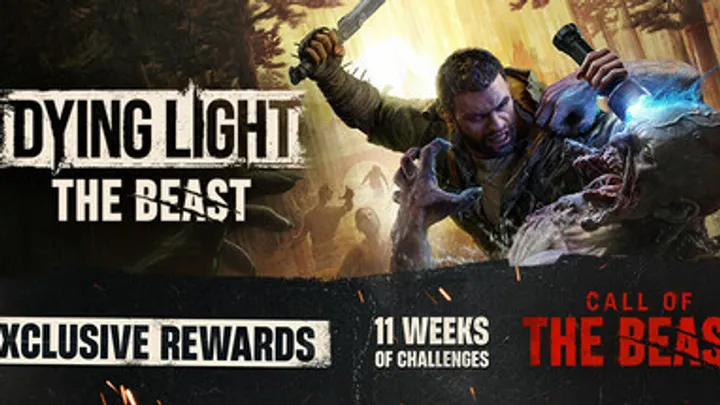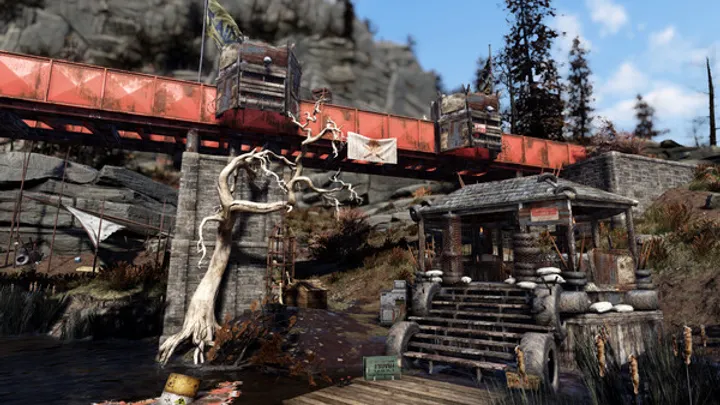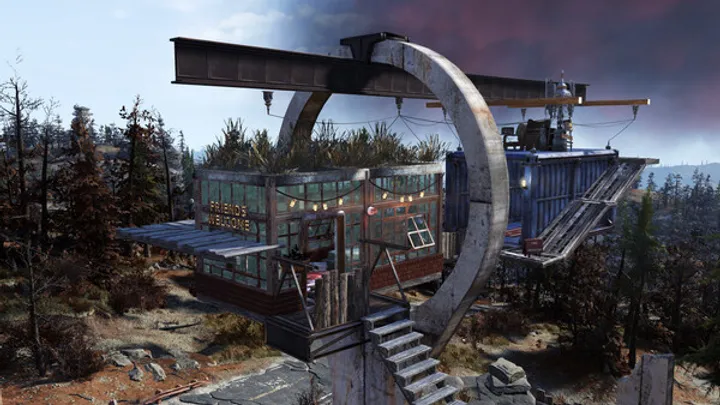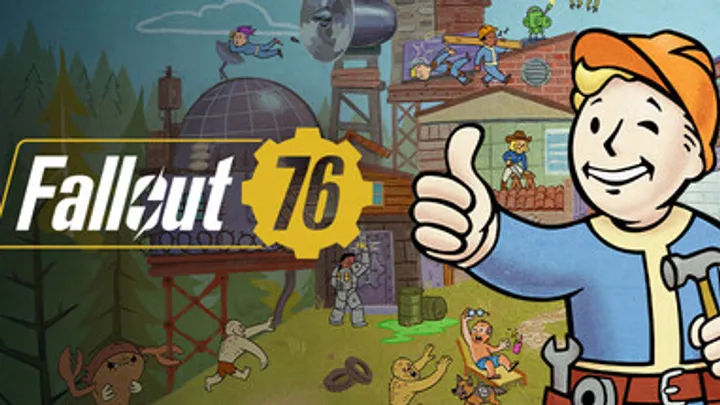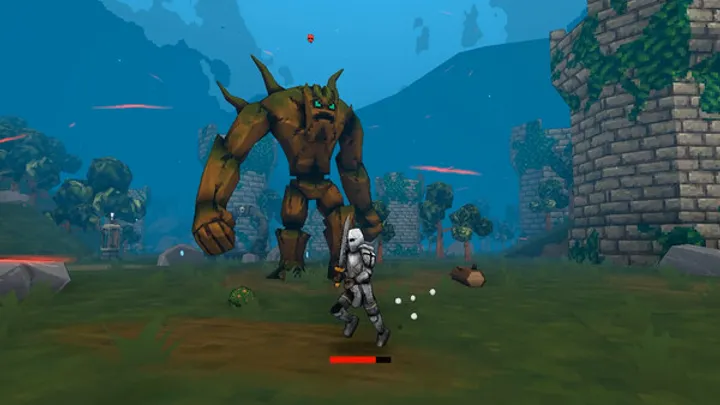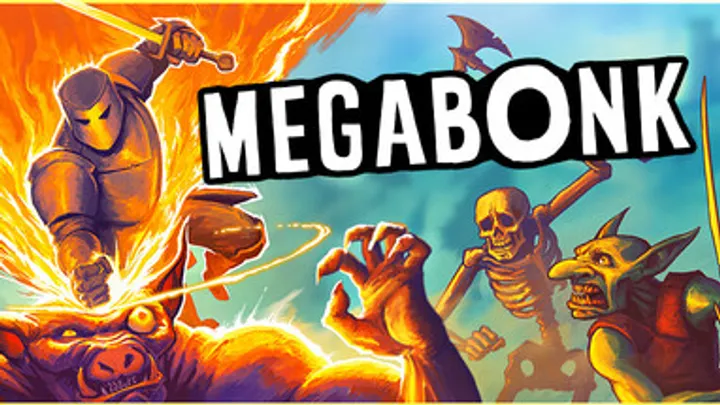Introduction
Warframe stands as one of the most unique science-fantasy games ever created — a universe where players become the Tenno, ancient warriors awakened from stasis to wield biomechanical suits called Warframes. To newcomers, it’s a game about fast combat and endless customization. But underneath its sleek design lies one of gaming’s most profound philosophical narratives: the cycle of control and submission. Beneath every mission, every upgrade, and every mastery rank is a question: What does it mean to be free when your power defines your chains? This article explores the psychological and moral depth of Warframe, not as a shooter, but as a meditation on identity, power, and the illusion of control.
1. The Origins of the Tenno: Children of Chaos
The Warframe universe begins not with heroes, but with victims. The Tenno — the mysterious operators controlling the Warframes — were once children caught in the Void, a dimension of chaos that twisted them into beings of unimaginable power.
When the Orokin, a decadent and oppressive empire, discovered the Tenno, they saw them not as people but as weapons. The Tenno became both saviors and slaves, molded into obedient soldiers wrapped in metal and myth. The creation of the Warframes was not a triumph of technology — it was a tragedy of control.
This origin story establishes the central theme of Warframe: power born from trauma. Every victory the player earns as a Tenno carries the echo of that exploitation.
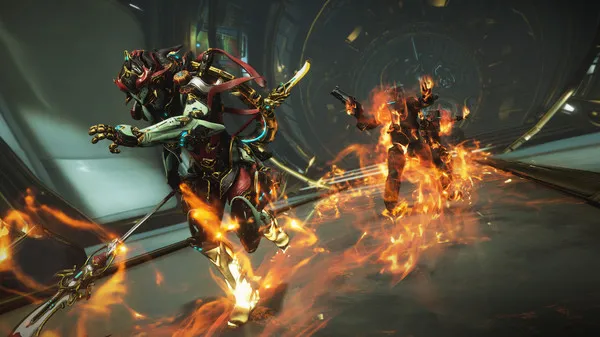
2. The Warframes Themselves: Living Weapons or Lost Souls?
At first glance, Warframes appear to be suits — tools used by the Tenno. But as the lore unfolds, players learn that Warframes are alive. They are biomechanical beings fused with the consciousness of humans transformed by the Void.
This revelation redefines every battle. When you command Excalibur, Mag, or Rhino, you are not piloting armor — you are synchronizing with another sentient entity. The relationship between Operator and Warframe becomes an ethical mirror: who is truly in control?
The game turns the idea of player agency into a question of morality. The Warframes obey, but do they consent?
3. The Orokin Empire: A Civilization of Immortal Tyrants
The Orokin are the architects of both the Tenno and the Warframes, a golden empire obsessed with perfection and eternal life. Yet their immortality is rotten at its core — sustained by exploitation, genetic manipulation, and the enslavement of sentient beings.
In many ways, the Orokin represent humanity’s dark side — the lust for godhood without responsibility. Their fall was inevitable, and the Tenno were their executioners. The haunting twist is that the Tenno were not rebels by choice but victims of conditioning.
The destruction of the Orokin is both liberation and sin — a violent end to tyranny, but also the birth of a new cycle of power.
4. The Lotus: Mother, Machine, Manipulator
The Lotus, once a guide and caretaker for the Tenno, stands as one of Warframe’s most complex figures. She embodies three archetypes: the mother who nurtures, the machine who directs, and the manipulator who conceals.
For most of the game, players trust her unconditionally. But revelations about her true identity — Natah, a Sentient infiltrator designed to destroy the Orokin — shatter that trust. Her love for the Tenno becomes a paradox: genuine yet born from deceit.
The player’s relationship with Lotus mirrors real psychological dependency. She represents both faith and betrayal — the comfort of guidance and the cost of surrendering one’s will.
5. The Operator: Awakening from the Dream
The quest The Second Dream transforms Warframe forever. It reveals that the player is not the Warframe but the Operator — the child who controls it from afar. This moment dismantles the illusion of identity and forces players to confront their own role in the cycle of control.
The Operator is a traumatized being, suspended between childhood and godhood. They wield unimaginable power but remain emotionally fragile. This dichotomy — innocence controlling destruction — is the emotional core of Warframe.
The revelation reframes the entire game: every Warframe mission, every act of violence, was never performed by a warrior, but by a frightened child dreaming through steel.
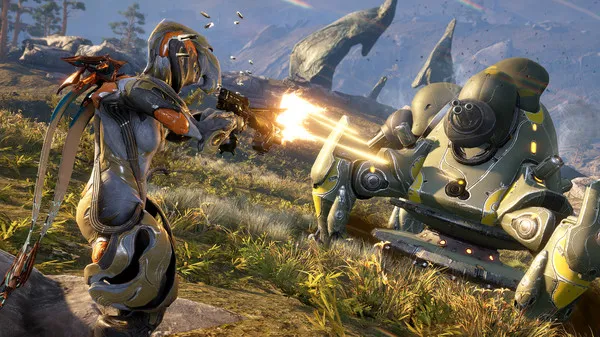
6. The Sentients: Evolution’s Revenge
The Sentients, alien machines created by the Orokin to terraform distant worlds, rebelled against their creators when they gained self-awareness. Their rebellion is not mindless vengeance but moral logic — they saw the Orokin as parasites unworthy of existence.
This introduces Warframe’s grand irony: the Tenno, who destroyed the Orokin, now fight the Sentients who seek to finish the same task. In this cycle of rebellion, victim and oppressor trade places endlessly.
The Sentients are not villains but reflections of justice turned cruel — evolution punishing arrogance. Their war with the Tenno is a philosophical confrontation between survival and ethics.
7. The Paradox of Power: Freedom in Servitude
Warframe’s gameplay perfectly mirrors its themes. Players are immensely powerful — gliding through space, annihilating armies — yet trapped in endless repetition. Every mission, no matter how grand, loops back to the same routine: kill, collect, upgrade, repeat.
This repetition is not just design; it’s symbolism. The Tenno are slaves to cycles, both narrative and mechanical. Just as they once served the Orokin, players now serve the game’s endless grind.
Power, Warframe suggests, is never freedom. It is dependency disguised as mastery. The stronger you become, the more the system owns you.
8. The Void: The Source and the Sin
The Void is the metaphysical heart of Warframe — a place where reality collapses and creation becomes mutation. It grants power but distorts everything it touches.
The Tenno’s abilities, the Warframes’ designs, even the Sentients’ corruption all trace back to this dimension. The Void acts as both god and devil — the birthplace of miracles and madness.
In mythological terms, it is the “original sin” of the Warframe universe. Every attempt to control it leads to ruin, yet every attempt to escape it fails. It is the ultimate metaphor for human curiosity — beautiful, destructive, and eternal.
9. The Drifter and the Multiverse: Facing the Self
Later updates, such as The New War and The Duviri Paradox, deepen the game’s psychological core by introducing the Drifter — an alternate version of the Operator from another timeline.
This encounter is not just sci-fi — it’s a confrontation with selfhood. The Operator and the Drifter represent two paths: innocence versus experience, control versus surrender. Their dialogue forces players to ask: which version of us survives trauma — the one that endures or the one that adapts?
The duality between these two identities encapsulates Warframe’s deepest question — can a being shaped by suffering ever be whole again?
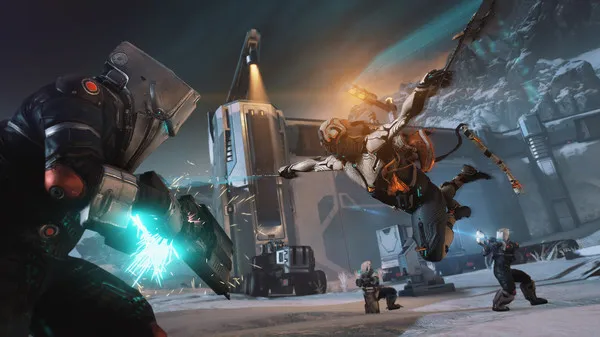
10. The Endless Cycle: Death, Rebirth, and Acceptance
In the end, Warframe does not offer resolution. The Tenno continue to fight, the Lotus continues to guide, the Sentients continue to evolve. The story, like the gameplay, loops infinitely. But within that loop lies meaning.
The cycle of control and rebellion becomes a reflection of human nature itself. We build systems to protect us, then rebel against them; we seek freedom, then fear it. Warframe’s universe becomes a living allegory for our struggle with technology, morality, and the burden of creation.
To play Warframe is to participate in an eternal dance — between creator and creation, freedom and fate.
Conclusion
Warframe transcends its genre, blending myth, science fiction, and philosophy into a single meditation on existence. Its universe is a mirror that reflects the endless human desire to master what cannot be mastered: power, identity, and destiny. The Tenno’s story is not about victory — it’s about awakening, realizing that every act of control is also an act of surrender. Through this lens, Warframe becomes more than a game. It becomes a digital myth — one that reminds us that immortality, without purpose, is just another kind of cage.
